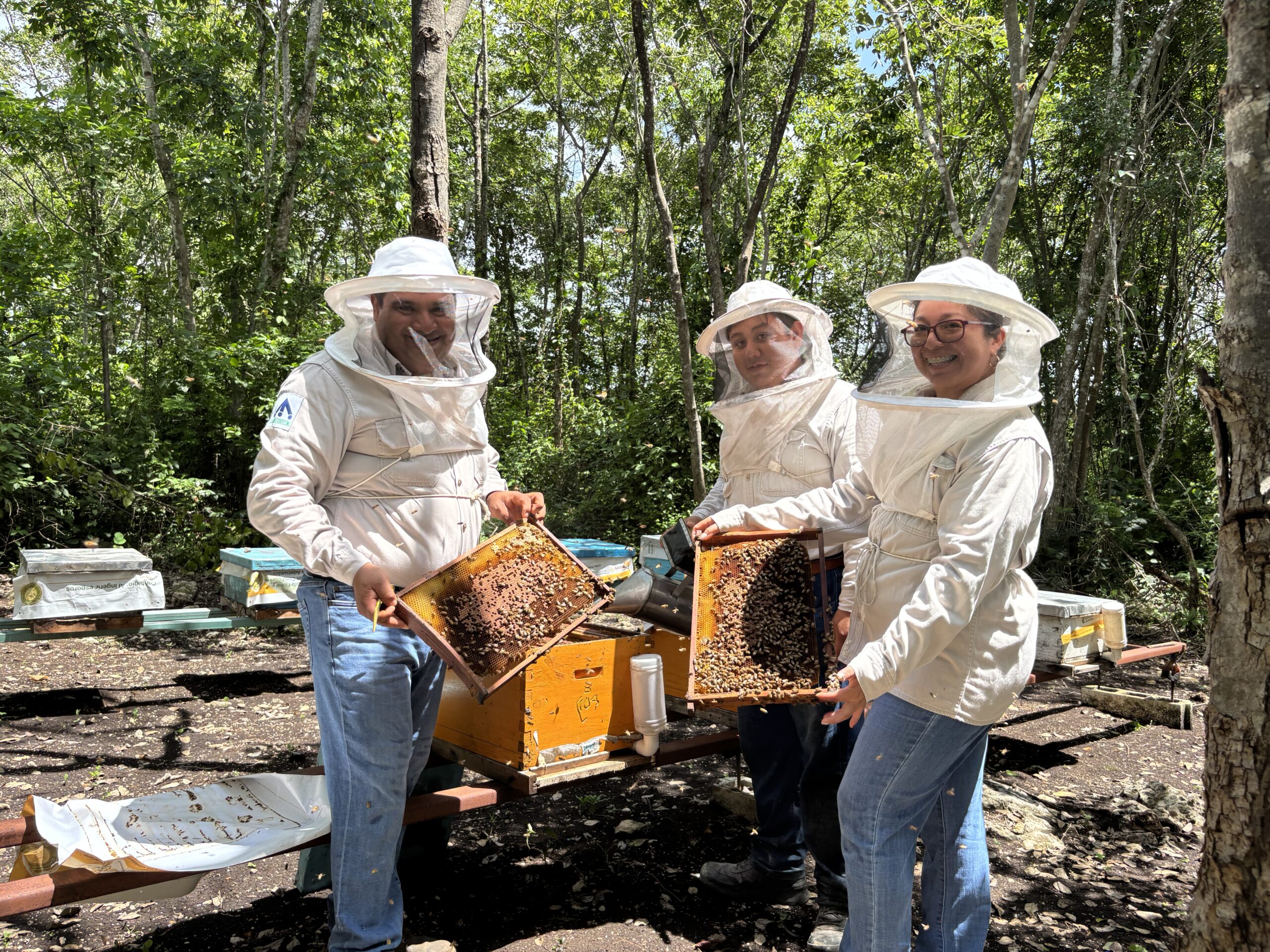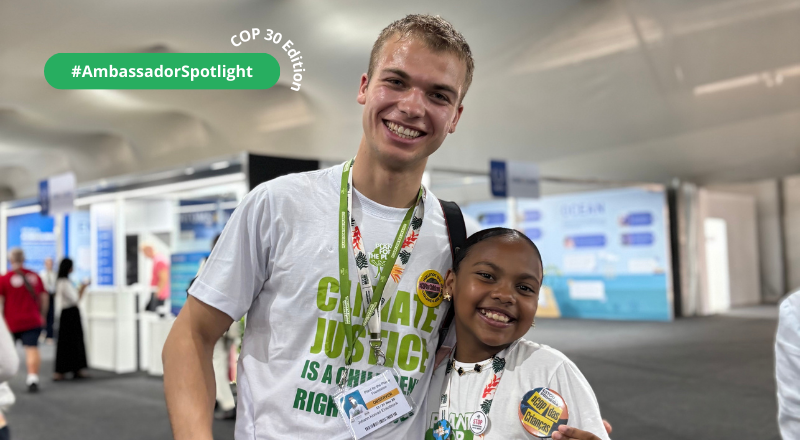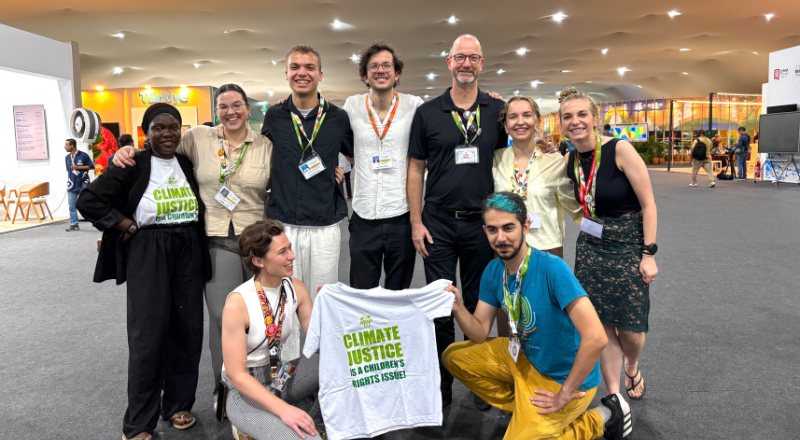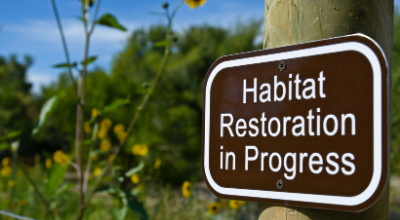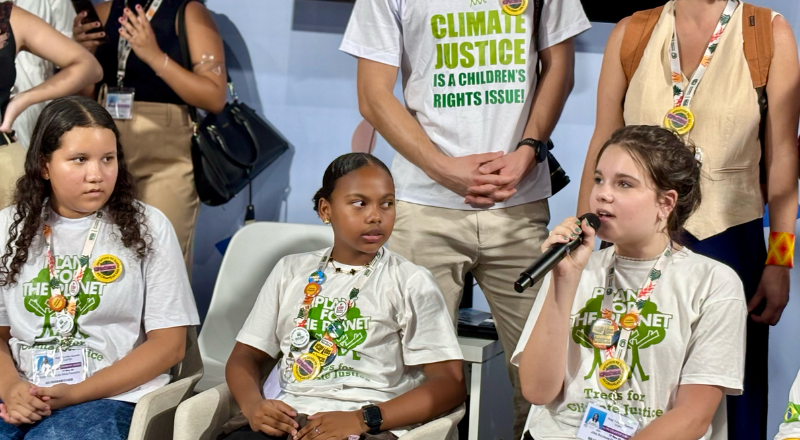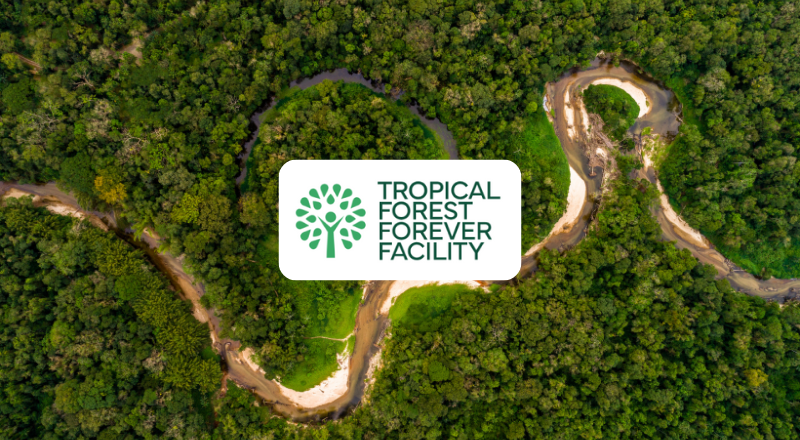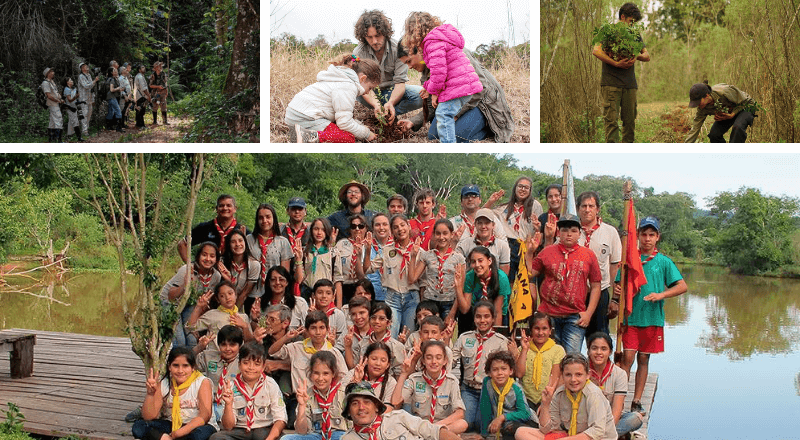
One of the beautiful effects of reforestation is the co-benefits that come with it: rewilding degraded areas, local community inclusion, natural habits for animals, organic honey, and much more. It is only four months since the restoration project Bayka Argentina joined the Trillion Tree Campaign. We spoke with Matias Romano – the organization’s founder – about the reforestation work he and his partners do in his natural reserve that lies right in the center of the biological corridor Uruguai Foester in Misiones, a province in Argentina.
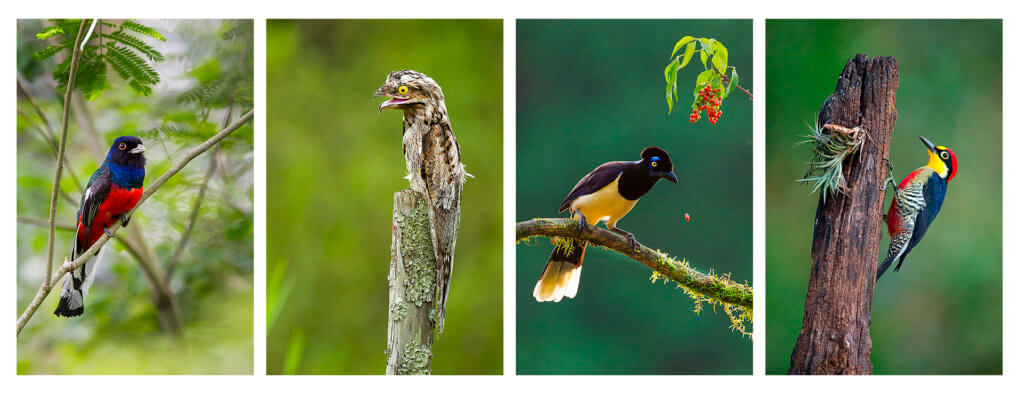
The reserve has been declared as an IBA (Important Bird Area) and preserves a great percentage of the country’s biodiversity. Edited excerpts from the interview with Matias reveal how Bayka Argentina’s mission helped locals to get away from cartels and eventually became part of a global eco-movement.
Reforestation – inspired by nature photography
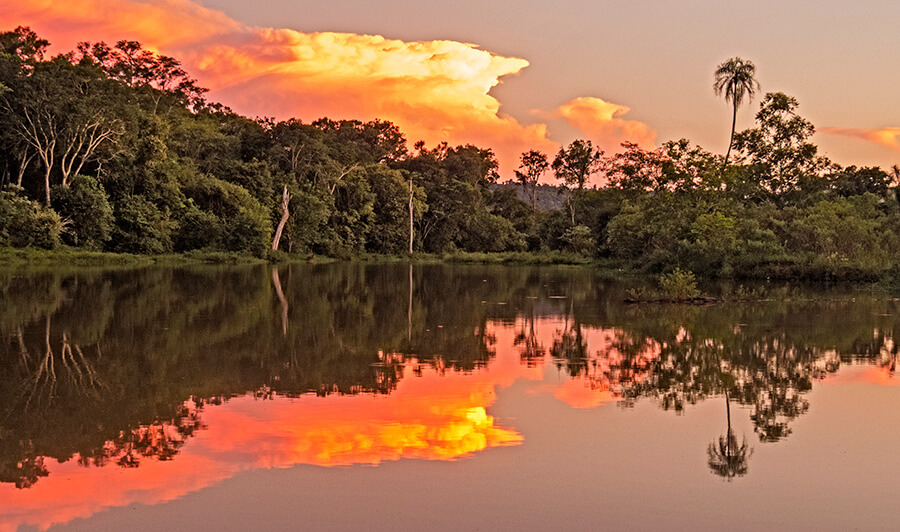
I connected to nature from a very early age. 30 years ago, nature photography helped me to become aware of the existing challenges of nature conservation and dangers threatening the beautiful variety of flora and fauna species. Since then, my dream was to build a national park. Almost nine years ago, I was able to buy a reserve that finds itself in a very important place in the middle of a biological corridor. To let it flourish properly, it is very important to restore its degraded center that suffered from cattle and wood extraction. Before knowing about the Trillion Tree Campaign, we started to restore it on our own, besides the fact that our country faces enormous economic challenges.
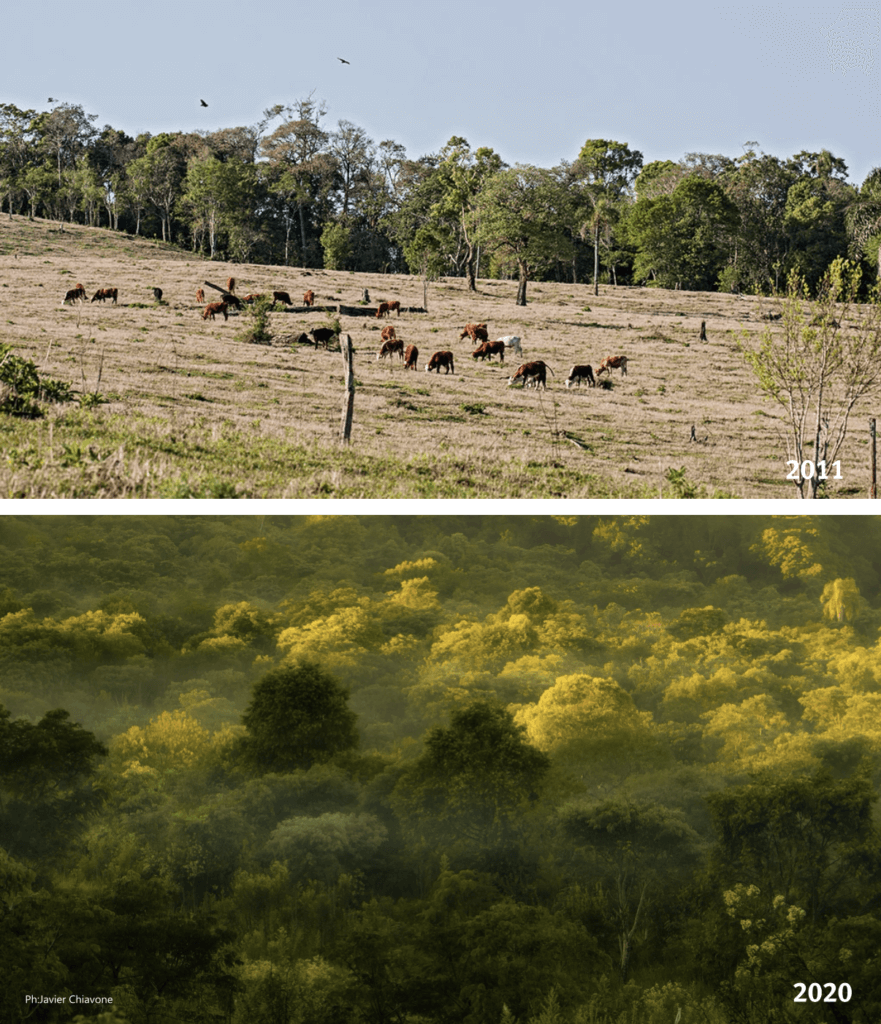
It is quite difficult for a young person to have spare money to make things work in our reserve. Nevertheless, we planted a lot of trees this year. Little by little, we noticed with amazement that our efforts brought the wanted changes: the grass and deserted cattle became a sort of little living jungle, as I call it. Our restoration project is at the heart of this biological corridor and encompasses an NGO, the state, and the private sector. This is something very special here in Argentina which is why our reserve enjoys such a high value.
Attracting animals and recreating an ecosystem
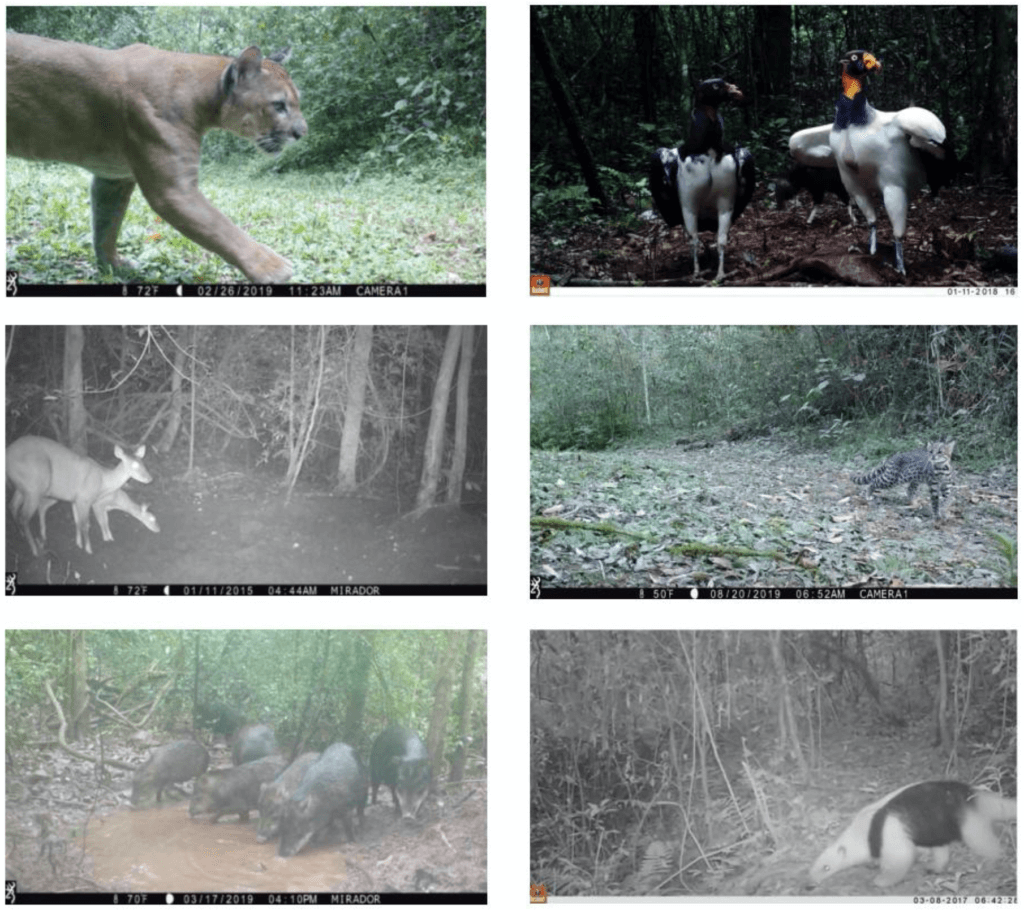
Surprisingly, our area is the richest in biodiversity all over Argentina. Several animal species came to our area to settle down and live in their new habitat. This is a great sign showing our efforts trigger some positive change. It comes without saying that restoration work requires sharp thinking and wise decisions: Even if we decide to plant trees, will the ecosystem be restored effectively? There are many biological aspects we must consider when planting trees. Scientists discover and investigate those continuously in our areas. Therefore, in the beginning, we decided to plant different tree species on the deserted cattle area. Also, it is important to plant the right species at the right time – meaning to consider dry and wet seasons. Therefore, our main planting time lies in spring and autumn. Maybe we work a little bit slower, but we think critically about every step we undertake. With these aspects in mind, our reserve area successfully became a habitat for animals and flowers, and trees such as palm trees even gave food. Soon, we observed top predators such as pumas. Also, many ‘intermediate jungle type’ birds appeared as well as other mammals.
Joining the Trillion Tree Campaign and using the Plant-for-the-Planet app
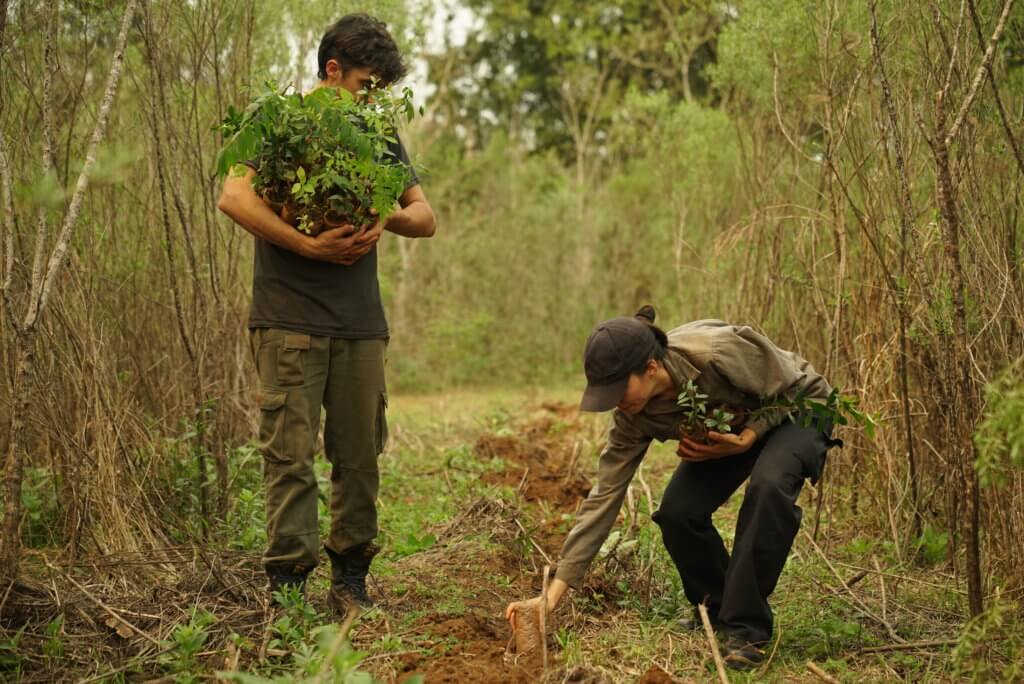
We were always looking for a long-term partnership to support our Bayka Argentina project. With great excitement one day we discovered Plant-for-the-Planet and its planting app. We wanted to be the first ones in Argentina to join a global restoration movement. I am a council member of the Red Argentina de Reservas Naturales Privadas. I know it is very difficult for most of the reserves to realize their ambitions in the first place. This has several causes: Its ambient nature, location and biological research, restoration efforts, scientific studies, and monetary investments – all these aspects require support because we live in a country where almost more than 50 percent of the children live in poverty. It might be difficult to grasp it from far away. Gladly, we found a way to cooperate and join the Trillion Tree Campaign. Being one of many restoration projects on the platform and the app will greatly help us communicate our urgent mission and bring visibility to what we do and where we are. Also, we are always open to let people come and see our reserve and my nature photography. Other than this, I am constantly in touch with other biological conservation NGOs and experts. I am very excited to work with the Plant-for-the-Planet app and to show interested people our green treasure here. When I started to work with you, it was important for me to see how you work. I can only say that you really care about how the projects are doing and you spend much attention to details. I consider this to be essential when cooperating.
Environmental education and community involvement instead of cartel work and forest destruction
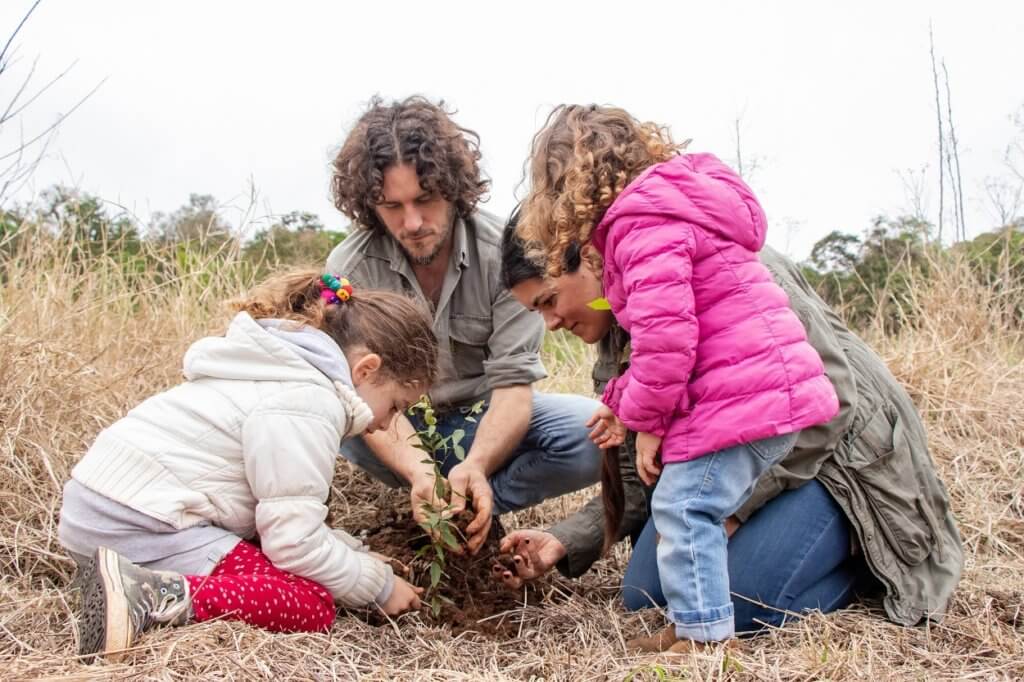
During my work, I show my kids what we do and what our project is about. Today there is no school. So, one of my oldest kids joined with some of our roommates to work in little ‘bubbles’. She took wild and organic honey that we made with a local beekeeper from the reserve. My daughter also brings honey as a present to her classmates as they asked her for honey from the jungle. By doing so other kids learn more about what happens and evolves in our reserve. Generally, our work consists of three main layers: one is reforestation, community involvement, and, lastly, conservation.
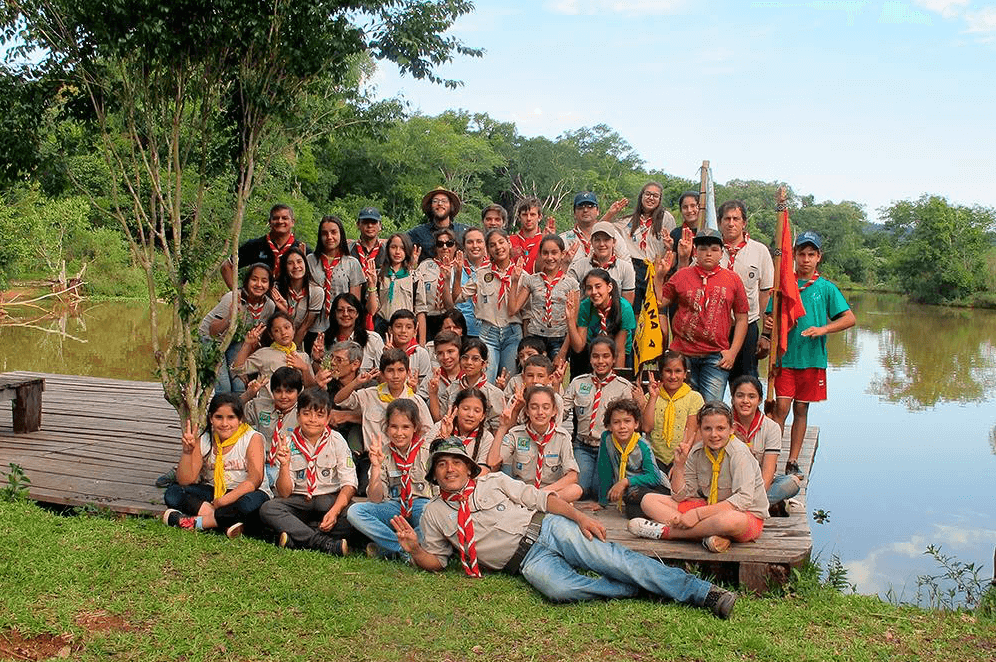
Ultimately, they interrelate and add to the overall picture of improving the natural reserve and fostering the local community life. There is a specific focus on the work with locals for various reasons. By supporting our project, they have the possibility to get away from cartels and other forest damaging works. We do not try to convince them to change their lives but inspire them by giving them job opportunities that enrich the areas they live in and bring visible positive impacts to the whole community. The local beekeeper is one example here. Another would be to make use of woods of naturally fallen trees. The more we grow our beloved jungle, the more job opportunities and possibilities for community involvement are there. I am very proud that my kids and my local people have the chance to be part of that.
Probably wondering what a Biological Corridor is? Here is what we found from SINAC…
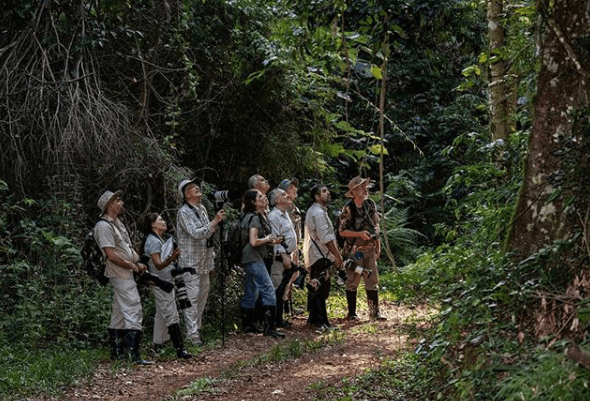
“It is a continental, marine-coastal, and island delimited Territory whose primary purpose is to provide connectivity between protected wild areas, as well as between landscapes, ecosystems, and habitats, natural or modified being rural or urban to ensure the maintenance of biodiversity and ecological processes and evolutionary; providing spaces of social agreement to promote investment in the conservation and sustainable use of biodiversity in those spaces”. (More here)
Visit Bayka Argentina to learn more
